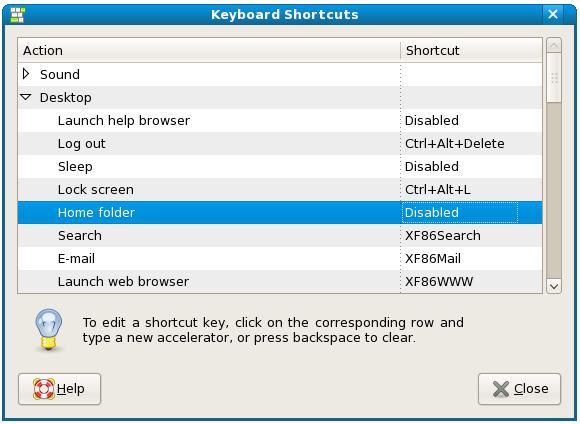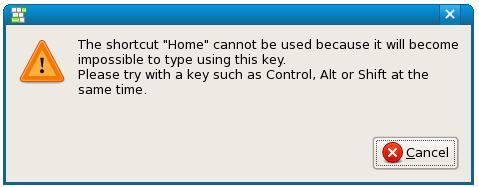Difference between revisions of "Fedora Desktop Keyboard Shortcuts"
| Line 8: | Line 8: | ||
| − | Ever since the advent of the graphical user interface we have been immersed in a world of pointers, | + | Ever since the advent of the graphical user interface we have been immersed in a world of pointers, mouse movements and clicks. With all this ease of use it is easy to forget that it can often be quicker to trigger something using the keyboard than to navigate through an array of menu options. This is a concept known as either ''keyboard shortcuts'' or ''keyboard accelerators''. In this chapter we will look at the use and configuration of these shortcuts in the context of the Fedora GNOME Desktop. |
== Viewing Keyboard Shortcuts == | == Viewing Keyboard Shortcuts == | ||
Revision as of 13:15, 27 December 2007
| Previous | Table of Contents | Next |
| Fedora Desktop - Starting Applications on Login | GNOME Online Desktop Installation and Setup on Fedora |
Ever since the advent of the graphical user interface we have been immersed in a world of pointers, mouse movements and clicks. With all this ease of use it is easy to forget that it can often be quicker to trigger something using the keyboard than to navigate through an array of menu options. This is a concept known as either keyboard shortcuts or keyboard accelerators. In this chapter we will look at the use and configuration of these shortcuts in the context of the Fedora GNOME Desktop.
Viewing Keyboard Shortcuts
The GNOME desktop has a of predefined actions to which a keyboard shortcut may be assigned. By default some of these actions already have a key sequence assigned to them. Other actions are disabled by default. As a user you have the power to view the current shortcut settings, change or disable currently configured shortcuts and to assign shortcuts to disabled actions.
To view the current configuration select the System->Preferences->Personal->Keyboard Shortcuts menu option. The following dialog will subsequently appear listing the current keyboard shortcut settings:
The shortcuts are broken down into categories; Sound, Desktop and Window Management. The above figure shows the Desktop shortcut category. Scrolling through the list will give you a good overview of which shortcuts are currently configured and which key sequences are assigned.
Changing a Shortcut
A new shortcut may be assigned to an action simply clicking on the current shortcut value in the list. The current setting will change to New accelerator. At this point press the key sequence you wish to associate with the corresponding action. For example, you might want to assign Ctrl+H to the Home Folder action such that pressing Ctrl+H causes the file manager to open at the current user's home folder.
Note that if you press a key sequence that is inappropriate for use as a shortcut a warning dialog will appear instructing you to make a different selection:
Disabling a Keyboard Shortcut
A keyboard shortcut may be disabled simply by clicking on the shortcut in the Keyboard shortcuts dialog and pressing the Back Space key. The selected shortcut will subsequently display a Disabled status.
| Previous | Table of Contents | Next |
| Fedora Desktop - Starting Applications on Login | GNOME Online Desktop Installation and Setup on Fedora |




